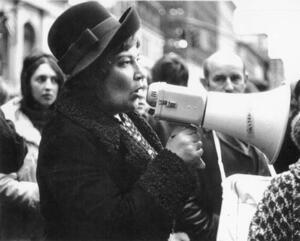Our Heroes
In this lesson, students have the opportunity to explore different definitions of the word “hero.” They discuss why (and if) heroes are important and do research about individuals they consider to be heroes. Lastly, students are asked to think about which of their own actions could be considered heroic and how they serve as role models for friends, peers, and family members.
Overview
Enduring Understandings
- There are many different ways to be a hero
- Taking into account who one’s heroes are, as well as what decisions and actions can be classified as heroic are important to the process of becoming an adult member of the Jewish community.
Essential Questions
- What does it mean to be a hero?
- Who are one’s heroes?
- What are the similarities/differences between heroes and role models?
- What are the ways in which one can be a hero or a role model in one’s own community?
Materials Required
- Dry erase/chalk board or butcher block paper
- Writing implements (markers, chalk, pens, pencils)
- Paper
- Sticky notes
- Tape
Notes to Teacher
The lessons included in the My Bat Mitzvah Story curriculum are intended to take much longer than an average class period, and they offer many options for extended projects. Feel free to pick and choose what will be most practical and useful for your own classroom, and do not feel obligated to complete the lessons in full.
Some teachers choose to complete this curriculum in all-girl classrooms; however, we encourage you to use it in in multi-gender classrooms as well. While the lessons are rooted in the Bat Mitzvah experience, the themes are applicable to all b’nai mitzvah students.
In this lesson, My Heroes, students discuss different definitions of the word “hero” and conduct research on individuals they consider to be heroes. While you can have students research heroes on their own in various places, you might want to come prepared with some examples, especially if you want to fit this lesson into one class period. We encourage you to explore JWA’s profiles for examples.
My Heroes Instructions and Worksheet
Open this section in a new tab to print
Worksheet for use with the Our Heroes lesson plan.



